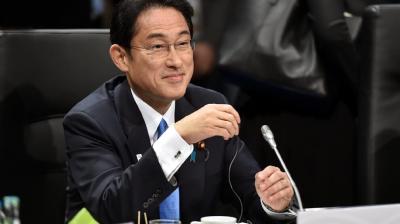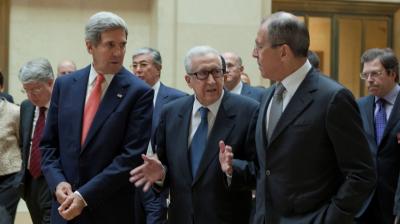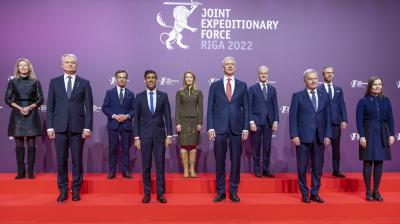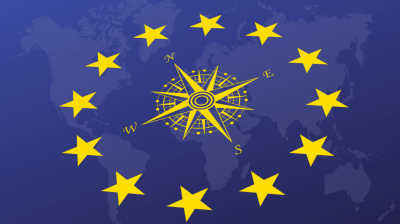The EU’s Connectivity Strategy 2.0: Global Gateway in the Indo-Pacific
Maaike Okano-Heijmans contributed chapter 4 'The EU’s Connectivity Strategy 2.0: Global Gateway in the Indo-Pacific' to the book 'The Transformation of the Liberal International Order: Evolutions and Limitations' published by SpringerBriefs in International Relations.
Abstract chapter 4 'The EU’s Connectivity Strategy 2.0: Global Gateway in the Indo-Pacific'
The EU’s Global Gateway—launched in 2021—goes back to the Connectivity strategy launched in 2018, and addresses the challenge of a rising China, especially its bid to increase its influence through the Belt and Road Initiative (BRI). The Global Gateway provides target states with a safer bet than the BRI and meets the infrastructure needs in the Indo-Pacific region. Based on three core principles—sustainable, comprehensive, and rules-based—the EU is able to combine economic growth with strengthened liberal values, thus maintaining and improving its global economic competitiveness and strategic advantages especially in the Indo-Pacific. The regulatory aspects of the Global Gateway are also important, as these regulations, especially in the digital domain, will have democratic values integrated within them which directly challenge the digital authoritarianism of China. Whether the EU can be successful in implementing this agenda will depend on its ability to work with the United States, Japan, and like-minded partners in the Indo-Pacific.
About the Book
The Transformation of the Liberal International Order
- Analyzes preferences on what role each country should play to sustain the liberal international order (LIO)
- Explains how Japan, Asia, Europe and the US should uphold the LIO in the Asia-Pacific
- Explores how Japan, the US, the EU, and European and Asian countries jointly approach and enforce LIO
Editors: Yuichi Hosoya and Hans Kundnani
Overview of chapters
- Introduction: Japan and the Reform of the Liberal International Order, Yuichi Hosoya
- American Strategy and the Liberal International Order, Zack Cooper
- East Asia, Europe and the High Sea: The Geostrategic Trinity of the U.S.-Led Order, Luis Simón
- The EU’s Connectivity Strategy 2.0: Global Gateway in the Indo-Pacific, Maaike Okano-Heijmans
- Germany’s Indo-Pacific Turn: Towards a Contribution to the Rules-Based Order?, Alexandra Sakaki
- France’s Indo-Pacific Approach: Salvaging the Rules-Based Order and Staying Relevant, Céline Pajon
- India, the Quad, and the Liberal International Order, Dhruva Jaishankar
- Countering Chinese Economic Coercion and Corrosive Capital in Southeast Asia, Nithin Coca
- The Challenge of China for the Liberal International Order, Richard McGregor
- Northeast Asia’s Energy Transition–Challenges for a Rules-Based Security and Economic Order, Kun-Chin Lin and Tim Reilly
- The Liberal International Order and Economic Security, Kazuto Suzuki
- The Future of the Liberal International Order, Hans Kundnani
This book is available via Springer.










